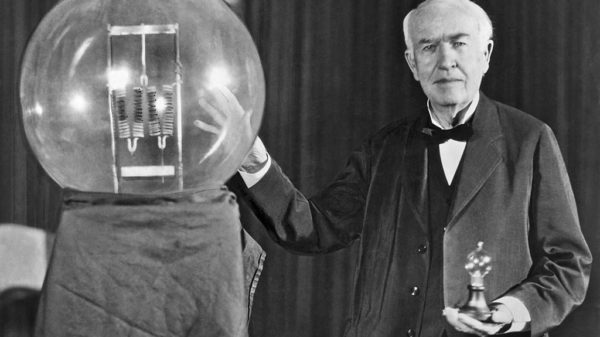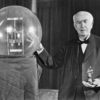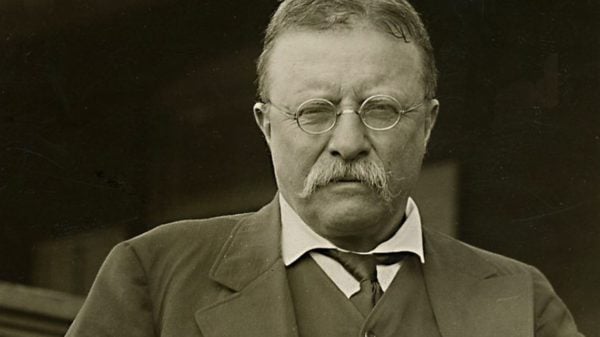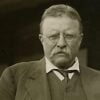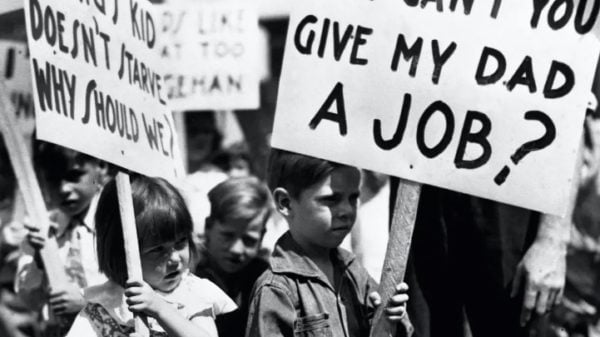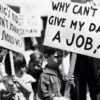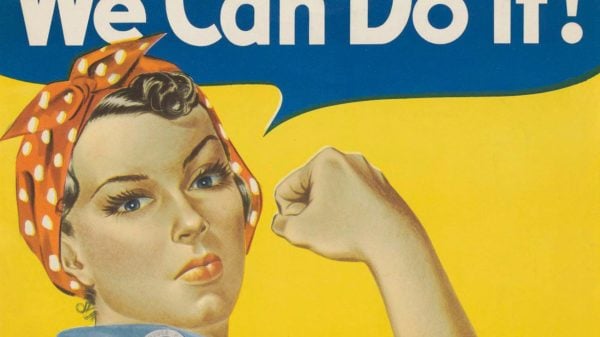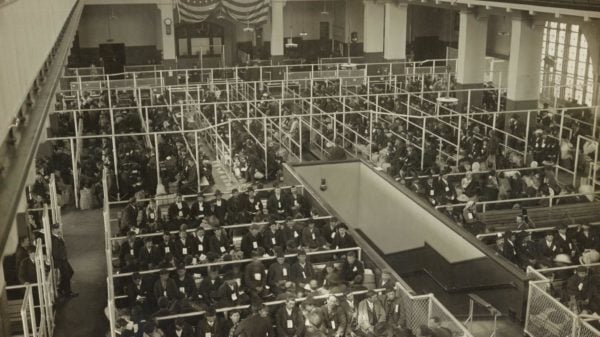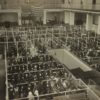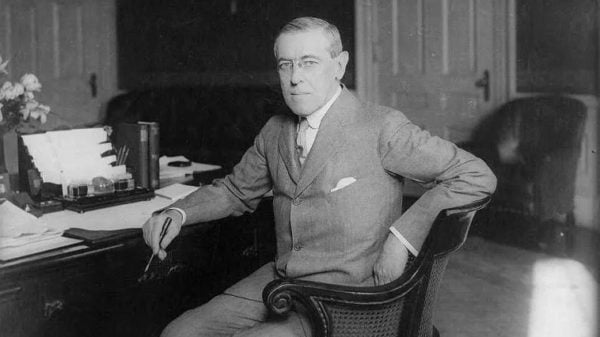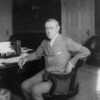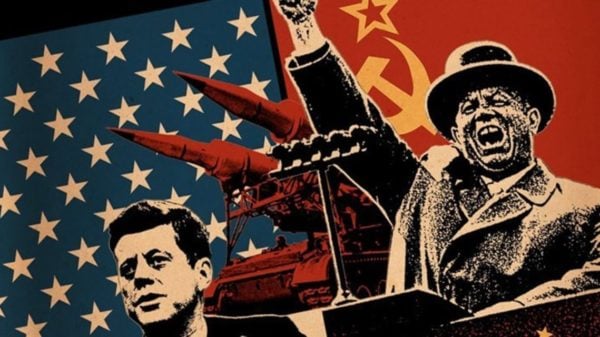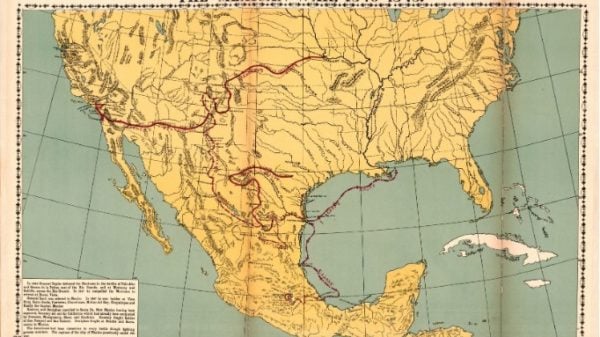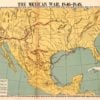Many abolitionists saw slavery as a stain on the image of the United States. These abolitionists were people who wanted to end slavery in America in the 19th century. A majority of these people were white and religious Americans who took part in the Abolitionist Movement to bring immediate and complete emancipation of all enslaved people.
The movement also was lead by prominent black men and women who had escaped from their enslavers. The Abolitionist Movement started during the 1830s and went on until the end of the century!
The Start of the Abolitionist Movement
When in 1820, the Missouri Compromise accepted Missouri to become a slave state, it gave rise to anti-slavery sentiments all over the North. The abolitionists thought they should organize themselves and finally make an effort to end slavery once and for all. Thus, in 1830 they officially established the Abolitionist Movement.
As more and more prominent figures joined the movement, it created a rift between the the country. North of America, whose citizens favored ending slavery, became at odds with the South, which had lots of states that made slavery legal. In the South, there were rules that outlawed abolitionism. So much so that President Andrew Jackson banned the American Postal Service from delivering any articles that supported the movement.
Wars and Skirmishes
A large mob of pro-slavery people attacked a warehouse in 1837 to destroy the abolitionist’s press material. The newspaper editor and active abolitionist Elijah Lovejoy were shot and killed during the ensuing raid.
The efforts of the American Colonization Society, which they established in 1816, had already helped almost 12,000 enslaved African Americans to return to Africa by the end of 1860.
In 1856, another pro-slavery group attacked a town that the abolitionists from Massachusetts founded. This led the abolitionist, John Brown, to raid and kill five people from the pro-slavery group. John Brown was captured and hanged after he captured a U.S. arsenal at Harpers Ferry in Virginia. He had helped arm the slaves with these weapons so that they could overthrow their masters and build a free state for themselves.
The Civil War broke out in 1861 when the struggle for power between the North and the South reached its peak. People from both the North and South had strong, uncompromising stands on the issue of allowing or preventing slavery in their states. This was a threat to harmony between the north and south union.
The 13th Amendment
President Abraham Lincoln was against slavery, but he was cautious in support of the abolitionists. It was time for rejoicing when in 1863, on January 1st President Lincoln issued the Emancipation Proclamation. This declared slaves be free in many states of the South.
The 13th amendment to the United States Constitution in 1865 abolished slavery completely from the country. With the abolishment of slavery, almost 100,000 enslaved people from Kentucky to Delaware immediately experienced freedom.
Prominent Figures of the Abolitionist Movement
Famous abolitionists who worked tirelessly for the fight for freedom included William Lloyd Garrison. He published ‘The Liberator’ which had articles that supported the abolition of slavery.
Then there was Frederick Douglas, who was a form slave himself but had somehow escaped from his masters. He wrote a memoir “Narrative of the Life of Frederick Douglas, an American Slave.” Susan B. Anthony and Harriet Beecham Stowe were both authors and abolitionists who also worked hard in activism for women’s rights.
In the next five years, Congress passed the 14th and 15th Amendments, which gave and established citizenships, equal protections, and rights to vote for all American males, regardless of race. However, women didn’t receive the same rights until the 19th amendment in 1919.



